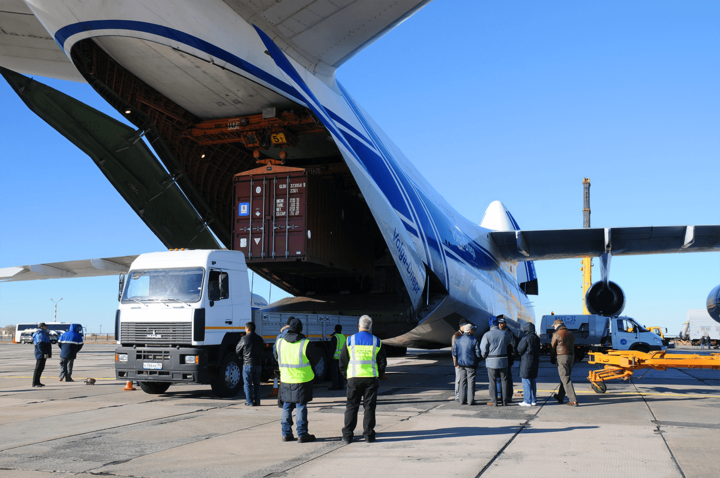Unsuitable temperature monitoring and protection is a key reason perishable cargo is wasted in the supply chain. Smart transportation companies, food manufacturers and pharmaceutical producers alike are beginning to understand the importance of reliable cold chain monitoring.
But is cold chain a monitoring blind spot?
So much time and effort is spent on the monitoring of pharmaceuticals and perishables when they are stationary, being tested or being stored but not enough spent on supply chain.
In transit, it is difficult to retain real-time readings on any cargo, especially in air travel so there is a real issue with monitoring on the go.
Effect on Profitability
The profitability of any cargo in transit is reliant on minimising temperature-related load rejections, spoilage claims can be costly, not to mention redelivery costs.
The insight gained from potential real-time monitoring would mean businesses could determine exactly where and when product degradation is occurring. This would allow unprecedented refinement of a company’s temperature sensitive logistics. For example, if a load is sent out at a certain time or location and they found that degradation was occurring when a vehicle is stuck in the same traffic each day, departure times and routes can be changed to best optimise the supply chain.
Effect on Health
Vaccines are a very good example of a supply chain that desperately needs constant monitoring. Vaccines for life threatening diseases are shipped world-wide, the main of which are required in third world countries where the most temperature protection is needed.
Real-time information on cargo could allow for hospitals and health centres to estimate spoilage before its arrival meaning they could cut down on wait times for patients.
Security
There would be added security in cargo theft if smart monitors were installed which would also have a positive effect on a company’s profitability as there would be real-time alerts for any supply chain temperature abuse.

Regulations
Highly regulated industries, are involved in cold chain logistics, particularly pharmaceuticals. Barrie Sears, an industry expert and founder of Protect Thermal gives us his insight on how the regulations facing the industry call for smarter monitoring options.
All pharmaceutical supply chains should adhere to good distribution practice (GDP). Pharmaceutical companies and logistics organisations have the responsibility to ensure visibility and reliability in their supply chains. Pharmaceuticals have to be shipped as per their ‘label claim’, this means that whatever storage temperature range is shown on the packaging relating to that product. The supply chain has to reflect that temperature regime/band. For example, a common temperature range for some pharmaceutical products is controlled room ambient +15 to +25C. The entire supply chain has to adhere to this temperature range. This includes handling and transit, be that aircraft, trucking or ocean.
Solutions
Barrie also offers his acumen on some ideal solutions to the cold chain monitoring issue:
An ideal solution would be constant real time monitoring of shipments in transit. This could have an active alarm so consignments could be identified whilst in transit as being at risk. There of course have been advances in this and the solution exists to an extent. One of the issues with any system is how and when you react to an alert. It is very well having the data and knowing something is happening, it is another thing being able to do something about it. Take an ocean container at sea; if there was a temperature deviation during transit what effective actions could be taken? Maybe none. You at least though have evidence of an issue prior to arrival at the destination.
As Barrie has mentioned, technologies do exist to monitor temperature and climate sensitive cargo some with real-time uplinks while others allow for the download of data on arrival. There are two primary issues here:
-
As it stands, current solutions can be difficult to validate against regulations for data integrity. Companies must use a regulatory compliant system to manage the full data life cycle, as this is key to ensure data is immutable and cannot be changed or altered.
-
Ocean transport and Air transport are the core blind spots for real-time monitoring and maintaining consistent connectivity for real-time communication can be hard to achieve cost-effectively.
There are upcoming advancements in satellite technologies, lower-cost global internet coverage is becoming available, these sat-links will power the next boom in connected devices especially where conventional connectivity fails. Here at Hark we are currently evaluating these technologies, for example the new “Iridium Next” constellation in conjunction with Space X’s sat-internet solutions.
Maintaining a standard platform for ingesting, managing and analysing environmental data across a business is paramount in achieving a cost effective solution. Our vision is to be at the forefront of providing a platform to make this easier, faster and more reliable therefore reducing cost to our clients and partners.


